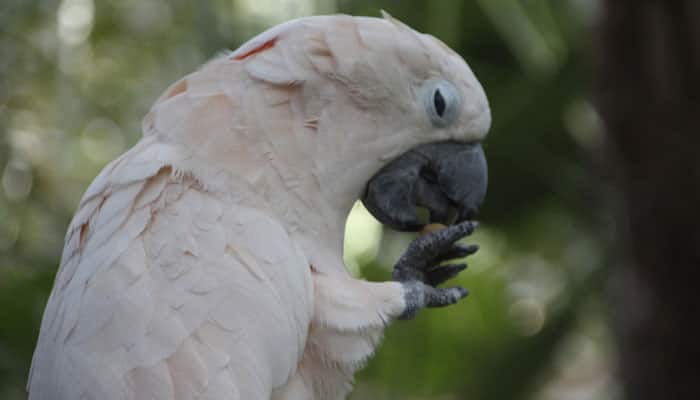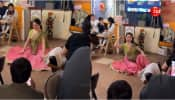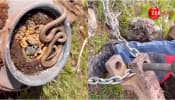London: Cockatoos can learn how to make and use wooden tools from each other, a new study has found.
The discovery, made by scientists from Oxford University, the University of Vienna, and the Max Planck Institute at Seewiesen, is thought to be the first controlled experimental evidence for the social transmission of tool use in any bird species.
Goffin's cockatoo (Cacatua goffini) is a curious species of Indonesian parrot not known to use tools in the wild.
At a laboratory in Austria the researchers had observed a captive adult male Goffin's cockatoo named 'Figaro' spontaneously start to sculpt stick tools out of wooden aviary beams to use them for raking in nuts out of his reach.
To investigate if such individual invention could be passed on to other cockatoos the team used Figaro as a 'role model', exposing other birds to tool use demonstrations, some with Figaro as 'teacher' and others without his 'students' seeing him at work.
In the experiments one cockatoo group was allowed to observe Figaro skilfully employing a ready-made stick tool, while another could see what researchers called 'ghost demonstrations' - either seeing the tools displacing the nuts by themselves, while being controlled by magnets hidden under a table, or seeing the nuts moving towards Figaro without his intervention, again using magnets to displace the food.
The birds were all then placed in front of an identical problem, with a ready-made tool lying on the ground nearby.
Three males and three females that saw Figaro's complete demonstration interacted much more with potential tools and other components of the problem than those seeing ghost demos.
They picked up sticks more than the ghost demo control groups and seemed more interested in achieving the result.
Remarkably, all three males in this group acquired proficient tool use, while neither the females in the same group nor males and females in the ghost demo groups did.
The successful birds did not just imitate Figaro's movements: their tool-use techniques were themselves new.
Figaro held tools by their tips, inserted them through the cage grid at different heights and raked the nuts towards him while adjusting the tool's position as the target moved closer.
The successful observers, instead, laid the sticks on the ground and propelled the nuts into their reach by a quick ballistic flipping movement.
"This means that although watching Figaro was necessary for their success they did not imitate his exact motor activities," said Dr Alice Auersperg who led the study at the Goffin Lab at the University of Vienna.
"Successful observers seemed to attend to the result of Figaro's interaction with the tool but developed their own strategies for reaching the same result, rather than copying his actions. This is typical of what psychologists would call emulation learning," Auersperg said.
The research is published in the journal Proceedings of the Royal Society B.
















